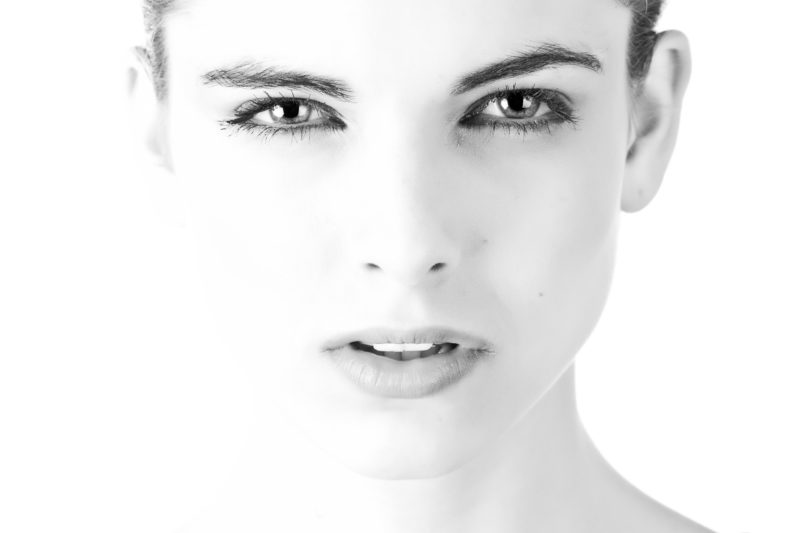Did You Know Your Face Gives Your Personality Away?

Understanding ourselves and others better can be analysed through the language of Colour, Face and Temperament.
There is no easy fix to understanding ourselves and others better; it is a process of discovery based on observation.
Although I had undergone a lengthy study process and read much data from many different spiritual, mind and fitness doctrines, it was a wise old gentleman named William, a philosopher, artist and master of observation and understanding of human nature, who became one of my most revered teachers. His teachings not only enabled me to understand myself and others better, but they also changed my whole outlook on life and beyond.
William inspired me to deepen my knowledge of myself, my traits, behaviours, reactions, beliefs, how I communicated and how I reacted. It was indeed an eye-opener to see myself as others did and in the pure light of the day.
What provoked me to want to train with William, was when at our first meeting, he read me like an open book. It was as if he had known me all my life; it was astounding how accurate he was and not only that how much I gained personally from his insights.
My first question, of course, was “How do you know so much about me, without having ever met me? How did you get into my head and know how I think and behave”?
“It’s all in your face as well as the shape of your body, how you walked across the room and how you spoke to me”. William explained. “Teach me,” I said, astounded by his clear insights, knowledge and information and so my journey began.
Since being taught by William, over twenty years ago, I have since developed Colour, Face and Temperament Reading further. I show others the remarkable system and how they can understand the different personality traits, mannerisms and preferred mode of communications which in the end reveals the real ‘I’ behind the everyday persona mask. However, the actual process of discovery is also aided by restful observation.
For any new teaching to be absorbed, it is important to be still in mind, and the body. The quiet mind allows us to observe ourselves, our behaviour, our personality and relationships.
Such observation has to be objective. To achieve this objectivity, you need to be detached from adverse reactions and emotions and in control of your attention. Although we are taught arithmetic and grammar at school, we are not taught how to become aware of what is going on in our minds and inside our physical system. Nor, are we showed how to observe the unnecessary movements of the body and the mental associations we have.
Because of this, few people can become aware of what is going on inside themselves and inside other people. To hear correctly, to listen, to see and observe, we need to be still and silent, in a peaceful state, open to the sounds which come from outside, receptive to colour, shape, form and movement.
You may think I am now talking about meditation. Meditation is a good way forward, but this is not necessarily the only way to develop the observation process. For any new teaching to be absorbed, it is important to be still in mind, and the body. The quiet mind allows us to observe ourselves, our behaviour, our personality and relationships.
Furthermore, this awareness enables us to become detached non-reactive and therefore develop better, happier, constructive communication with those around us. Only when we have mastered the art of self-awareness, will we begin to understand the true ‘I’ the essential working of the mind, body and soul.

Alison Demarco
www.Alisondemarco.com
